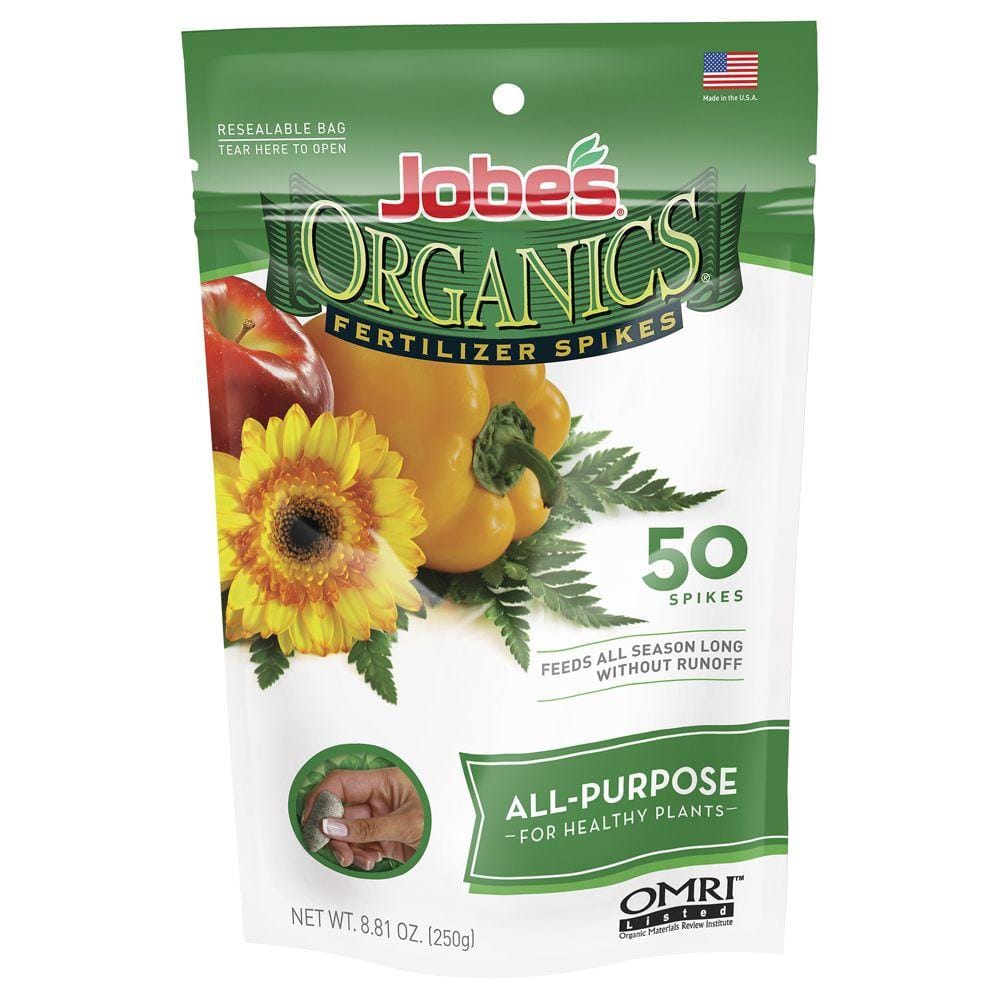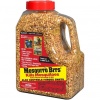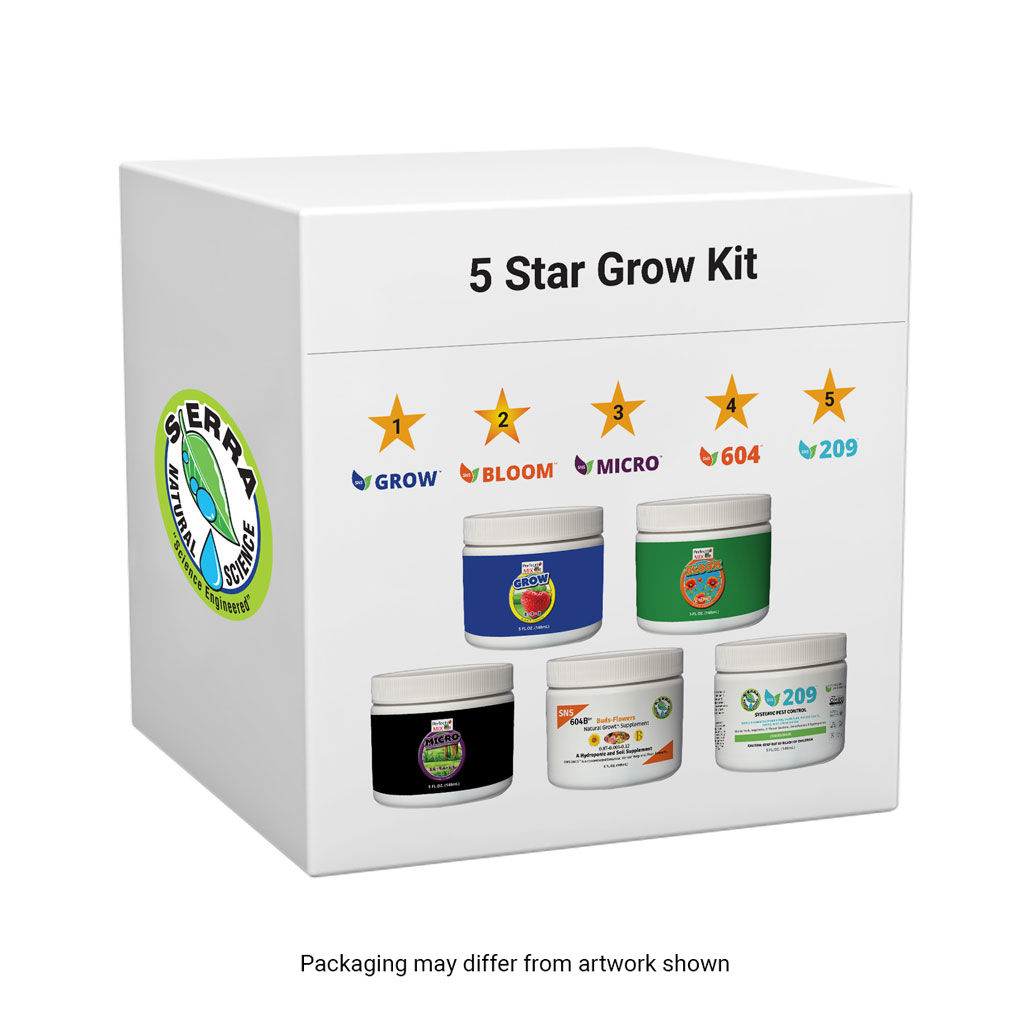Organic remedy for fungas gnats?
- Thread starter cottee
- Start date
MustangStudFarm
Well-Known Member
CrunchBerries
Well-Known Member
I’m a newbie, but I used Neem oil spray and yellow stickies. Worked like a charm.
mattypacks
Well-Known Member
Yellow stickies and an extra day or two between waterings did it for me this season outdoors, knocked the population back enough for the predators to balance em out again
weedstoner420
Well-Known Member
+1 for mosquito bits and letting the top layer of soil dry out. We had gnats in a bunch of our houseplants this year because of compost brought in from outside, and those two steps took care of them easy peasy.
norcalreppin77
Well-Known Member
Richard Drysift
Well-Known Member
Diatomaceous earth sprinkled on top layer of pots along with a straw mulch works well to keep them off your plants and kills any larvae in the soil. I still get gnats coming from my worm bin from all the fruit we waste around here so I just got a set of ultrasonic pest control “plug-ins” that supposedly emit a frequency they hate. Have not seen any gnats.
Gratefultrip
Active Member
This stuff kind of works, I burn them with a lighter.
Richard Drysift
Well-Known Member
Neem seed meal in my mix directly as an amendment helped with getting rid of thrips but did not help much against gnats. Have not seen evidence of thrips since amending with neem seed meal. Fungus gnats are more annoying than they are detrimental to your plants but very easy to control.Thanks for all your help. I’ve got some organic cold pressed neem oil in the shed so il give that a go. What do you guys give as an organic pk
If you are looking for a booster for bloom phase check out Jobes organic spikes. You just plug them in; they feed for 8 weeks. I put 2 of these in every final bloom container. Spikes are slow release but fall off hard once they do.

Jobe's Organics 8.81 oz. Organic All Purpose Plant Food Fertilizer Spikes with Biozome, OMRI Listed (50-pack) 06528 - The Home Depot
Jobe's Organics All-Purpose Fertilizer Spikes give gardeners a fuss-free, environmentally friendly option for healthy and beautiful plants. These organic fertilizer spikes, specially formulated as all-purpose,
www.homedepot.com
I top dress w/ EWC, chicken manure, and fish bone meal about week 5 or 6. If they still need a boost to get over the finish line I give a dose or two of Neptune’s harvest w/seaweed.
Budzbuddha
Well-Known Member
1. Use yellow stickies for those god damn adults ....... always.
2. Mosquito dunks / Pyrethrin based insecticides
3. Top cover for containers- Horticulture sand / DE / heavy perlite
4. Fab up a bottom watering approach Instead of saturating top soil ( where adults Drop eggs / larvae )
2. Mosquito dunks / Pyrethrin based insecticides
3. Top cover for containers- Horticulture sand / DE / heavy perlite
4. Fab up a bottom watering approach Instead of saturating top soil ( where adults Drop eggs / larvae )
Fungus gnats used to give me so many issues when I did Promix-HP with bottled nutes years ago. You don't have a lot of options to combat them in that growing style, and it's always moist and bare on top. I had clouds of them, and yellow sticky cards didn't really help too much with the population I had.
In organic we have a lot more options, and in no-till specifically we have even more options for control due to creating a stable environment cycle-after-cycle to build up predator populations. From predatory nematodes to mites, there are creatures you can either introduce or come with your fresh worm castings that will eventually keep everything more balanced. I haven't even seen a flier of any kind in my tent in the last several grow cycles, so I don't even monitor with yellow stickies anymore.
One main issue is that after the gnats are reduced, you still need something to feed your predatory mites and nematodes to keep them happy and growing so that the gnats do not re-establish themselves. Springtails are good for this because their larvae is also loved by these predators. Plus they aid in nutrient recycling on a scale that science is still trying to figure out completely. All we know so far is that their role in this is big and formerly under-appreciated. You'll see lots of springtails in fresh worm castings, so that's a good source for them.
I guess what I'm saying here is that use fresh homemade worm castings in your initial soil mix. Ensure it has diversity by adding the best garden soil from the root zone, along with a soil sample from as many environments as you can such as a forest. Put in in the worm bin with the high carbon material (paper, leaves, straw, etc.) and some nitrogenous regular food. In a couple months add that to your initial soil mix. You wont have to pay for predatory mites and nematodes. They're common, and everywhere. Plus you introduce a wide diversity of bacteria, fungi, protozoa, and other creatures to your worm bin that might survive to later end up in your grow soil.
In organic we have a lot more options, and in no-till specifically we have even more options for control due to creating a stable environment cycle-after-cycle to build up predator populations. From predatory nematodes to mites, there are creatures you can either introduce or come with your fresh worm castings that will eventually keep everything more balanced. I haven't even seen a flier of any kind in my tent in the last several grow cycles, so I don't even monitor with yellow stickies anymore.
One main issue is that after the gnats are reduced, you still need something to feed your predatory mites and nematodes to keep them happy and growing so that the gnats do not re-establish themselves. Springtails are good for this because their larvae is also loved by these predators. Plus they aid in nutrient recycling on a scale that science is still trying to figure out completely. All we know so far is that their role in this is big and formerly under-appreciated. You'll see lots of springtails in fresh worm castings, so that's a good source for them.
I guess what I'm saying here is that use fresh homemade worm castings in your initial soil mix. Ensure it has diversity by adding the best garden soil from the root zone, along with a soil sample from as many environments as you can such as a forest. Put in in the worm bin with the high carbon material (paper, leaves, straw, etc.) and some nitrogenous regular food. In a couple months add that to your initial soil mix. You wont have to pay for predatory mites and nematodes. They're common, and everywhere. Plus you introduce a wide diversity of bacteria, fungi, protozoa, and other creatures to your worm bin that might survive to later end up in your grow soil.
ganga gurl420
Well-Known Member
Benificial nematodes ... they are like magic



